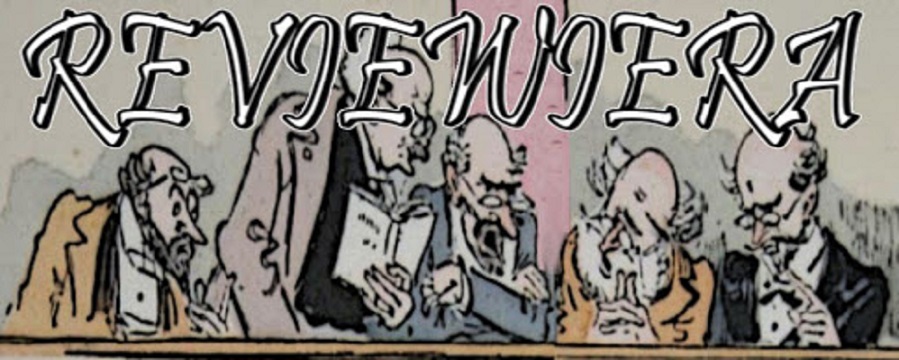Dickens and Prince: A Particular Kind of Genius, Nick Hornby
Found this slim volume on my library app while scrounging for something, anything to help jog me out of a non-reading rut dry spell. Interestingly, it's a short, though one wouldn't say "spare", ode to length, a paean to prodigious productivity, the massive outputs of Prince and Dickens.
It's characteristic Hornby: easy to be swayed by the facility of the prose and mildly overrate how much it has to say; about equally easy to be annoyed by the glibness and then mildly underrate how much it might have to say. I think it's a good overview of two artists I don't think about much, and probably should think about more.
There could be fewer lists—I would definitely have cut the accounting of shops named after Dickens books in London—and maybe one fewer instance of "if you listen to this or that Prince double album you'll find a song you'll really like for the first time" but those may not jump out to you if you don't read it as I did, straight through, waiting for the dealership to resolve not quite all of your car's issues.
A personal quibble I had with Hornby's wide-eyed recounting of Dickens' year where he serialized two novels simultaneously while still banging out shorter fiction and journalism—"how could anyone hold all this in mind at the same time!?"—is that it seems not too distinct from the practices of not a few classic genre writers: Philip Dick published four novels a year for 12 consecutive years while producing short stories by the pound, for example, to say nothing of early Robert Silverberg (for which see Hell's Cartographers here: https://www.dropbox.com/s/atmbxyfqiihcdps/Hells_Cartographers.pdf?dl=0).
I enjoyed the read, and it certainly got me thinking at least a bit, so what could be wrong with that?
According to last.fm, I've listened to 9 Prince songs in the past three years, probably mostly after watching and adoring Sign O' the Times (sic), a truly wonderful concert film.
Every Man a King, Walter Mosley
Tremendous fun, a very American private eye, noir-adjacent mystery story about Joe King Oliver, a Black ex-cop in New York City who lost that job on a frame-up caught up in a big batch of troubles, including his ex-wife's husband in jail and his grandmother's industrialist boyfriend asking him to look into an alt-right leader's situation.
I'm often at sea when a book's plot gets convoluted or the incidents pile up too high for me to see through, and especially as I look back a few weeks later, that seems the case here, but the heavily seasoned prose and the gravitas of the characterizations carried me through. Mosley employs a lot of epithets—an interlocutor will be "he" about as often as he'll be "the seething ex-con" or "the weighty slum-lord" or similar—and it's a device that locks you into Oliver's perspective and judgment in an interest-keeping and enjoyment-maintaining way. Great characters, stylized prose, convoluted plots, thought-provoking politics, what else would I want?
Special credit to one of the best audiobook performances I've ever heard, from Dion Graham.
Noodles recommended this one, and I'm glad she did! I still owe her a conversation about the way Oliver lists the physical attributes of everybody he meets, with particular vim reserved for the ladies.
Station Eleven, Emily St. John Mandel
A re-read, after finishing the quite-good TV adaptation. I liked this a lot better than the first time through, and I liked it well enough that time.
Unsettling to hear the word "pandemic" so many times. I've heard the "criticism"—more a "whine"—that 'theater kids won't save the world' about this book a few times, and after my revisit I'm even more convinced it's a pointless and inaccurate assessment. This isn't about theater kids saving the world, it's about theater kids finding a way to be theater kids after the end of the world, and the hows and whys of that, and I appreciate that non-grimdark, non-hyper-masculine approach to a post-apocalyptic story. Sure, some of our shared future will involve scavenged gasoline, black leather, fast cars danger fire and knives, but some will also involve foraging, first aid, listening, hugs (and knives).
Like The Glass Hotel, the first few scenes took me ages to get into and through before I acclimated and was able to pick up my pace. Odd.
Great revist, though. I'm thinking Mandel is one of our best right now.
Ordinary Love and Good Will, Jane Smiley
Read these two novellas almost straight through while camping, and found them wonderful. I feel, and I'm not sure why, a little defensive about how much I liked them—white, non-experimental, middle-class, apolitical, etc., maybe—but I'm not saying everybody should read stories like these, or write only stories like these, only that I read them, and was moved by them. "Ordinary Love" is about a woman and her adult kids, and their relationships with their dad / her ex-husband, about the way family members punish one another for failures and inadequacies even and especially when they don't know each other very well or are missing important information, and how it's usually women who end up with the short end of the stick, even when it's another woman handing that stick over. "Goodwill" (or "Good Will", it's presented inconsistently) is about a man who tries to take himself and his wife and their child out of the world to a homestead they alone inhabit, sometime in the late 1980s in Pennsylvania. It's also about the limits of control, and the many ways living, working, and being alone can work ... for a while, before the essential herd-animal nature of humanity shows up with a problem no individual or family can really fix, or even handle.

















